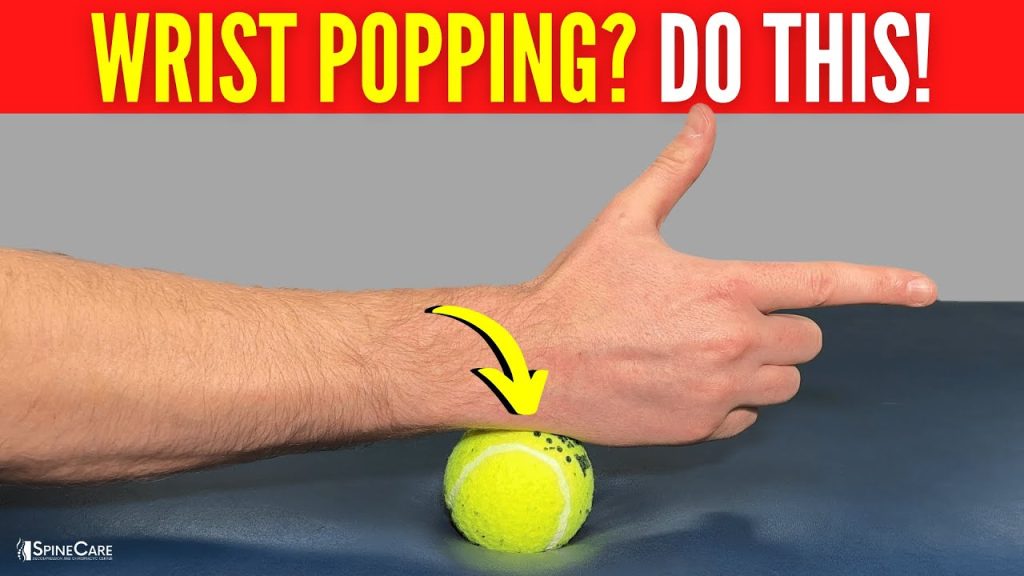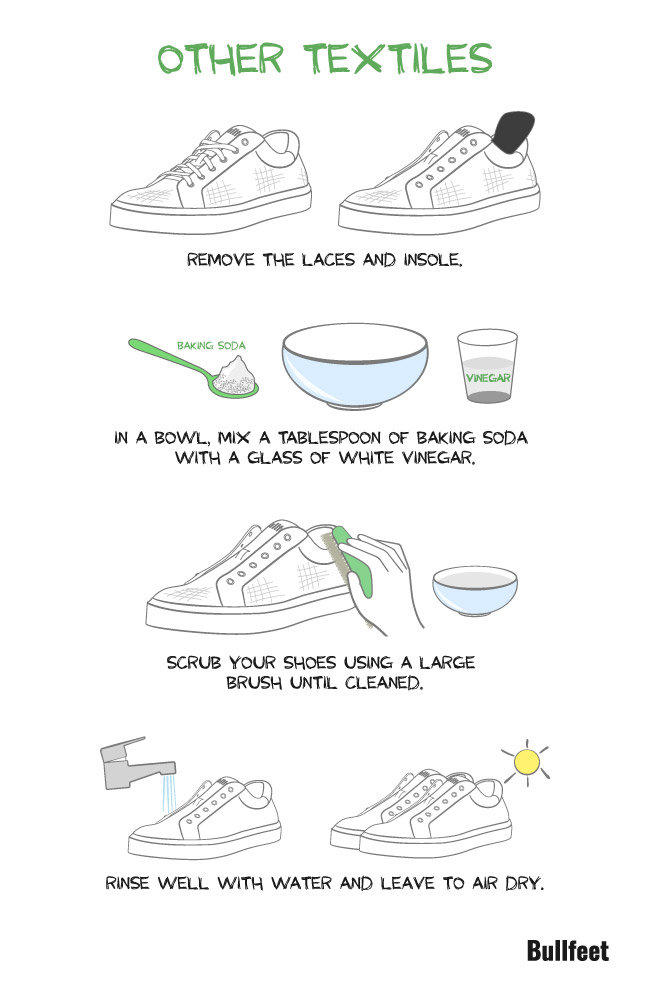Do your wrists move too much while playing tennis? This can affect your control and power.
Learning to stop wrist movement can improve your game. Tennis relies on precise movements. Excessive wrist action can throw off your shots. In this guide, you’ll learn how to control your wrist. This will help you hit more accurate and powerful shots.
Improving your wrist stability can also reduce the risk of injury. Whether you’re a beginner or an experienced player, mastering wrist control is essential. Read on to discover practical tips and techniques. These will help you gain better control over your tennis game.
Importance Of Wrist Stability
Wrist stability is crucial for tennis players. It impacts both performance and injury prevention. A stable wrist ensures better control and precision during shots.
Without wrist stability, your game may suffer. You might also face a higher risk of injury.
Impact On Performance
Wrist stability directly affects your performance on the court. It allows you to execute shots with more power and accuracy. A stable wrist helps maintain the correct angle of the racket. This is essential for hitting clean shots.
Consider the following benefits of wrist stability:
- Increased shot precision
- Better control over ball placement
- Enhanced power in strokes
Improving wrist stability can elevate your overall game. It makes a significant difference in match performance.
Preventing Injuries
Preventing injuries is another key reason to focus on wrist stability. A stable wrist reduces strain on tendons and ligaments. This helps prevent common tennis injuries like tendinitis and strains.
Here are some ways wrist stability helps prevent injuries:
- Decreases the risk of overuse injuries
- Prevents wrist sprains
- Reduces the chances of developing chronic pain
Regular wrist-strengthening exercises are essential. They build stability and lower injury risk.
| Benefits of Wrist Stability | Impact on Performance | Injury Prevention |
|---|---|---|
| Increased shot precision | Better control | Decreases overuse injuries |
| Enhanced power | Improved ball placement | Prevents wrist sprains |
| Better game consistency | More accurate shots | Reduces chronic pain |
In summary, wrist stability is vital for tennis players. It not only boosts performance but also helps prevent injuries.
Common Mistakes
Playing tennis can be tough on the wrists. Many players make mistakes that lead to wrist pain. These mistakes can hurt your game and cause injuries. Fixing these mistakes can help you play better and stay healthy.
Overuse Of Wrist
One common mistake is using the wrist too much. Many players try to add more power by flicking their wrist. This can lead to pain and injuries. The wrist should stay firm during most shots. Let your arm and body do the work.
Focus on using your whole arm. This will help you get more power and control. The wrist should only move slightly. Overusing it can cause strain and limit your performance.
Improper Grip
Another mistake is holding the racket the wrong way. An improper grip can cause wrist pain and reduce control. Make sure your grip is relaxed but firm. A tight grip can lead to tension and injuries.
The right grip can make a big difference. It helps you hit the ball with more accuracy and less stress on your wrist. Practice your grip until it feels natural. This can improve your game and protect your wrist.
Proper Technique
To stop your wrist from moving during tennis, you need to focus on using the proper technique. This will help you gain control and avoid injuries. Let’s dive into the key components of the proper technique: grip adjustment and arm and body movement.
Grip Adjustment
The way you hold your racket affects your wrist movement. Ensure your grip is neither too tight nor too loose. Here’s a simple way to adjust your grip:
- Hold the racket as if shaking hands.
- Make sure your fingers wrap around the handle comfortably.
- Keep the base knuckle of your index finger on the third bevel of the racket handle.
This grip, known as the Continental Grip, helps in maintaining a stable wrist position.
Arm And Body Movement
Using your arm and body correctly is crucial. Your arm should act as a lever, with your wrist staying firm. Follow these steps:
- Keep your elbow slightly bent when preparing to hit the ball.
- As you swing, rotate your shoulders and hips together.
- Ensure your arm moves in sync with your body.
Avoid flicking your wrist during the swing. Instead, let your body’s rotation generate the power.
Here’s a quick comparison:
| Incorrect Technique | Proper Technique |
|---|---|
| Wrist movement | Wrist stays firm |
| Rely on wrist for power | Use body rotation |
By focusing on these techniques, you can improve your game and prevent wrist injuries.
Strengthening Exercises
Strengthening exercises are vital for tennis players to prevent wrist injuries. Strong wrists help maintain control and precision. They also reduce the chances of strains and sprains. This section will guide you through some effective exercises.
Wrist Stretches
Wrist stretches are essential before and after playing tennis. They improve flexibility and reduce tension. Start with a simple wrist flexor stretch. Hold your arm out with the palm facing up. Use your other hand to gently pull back your fingers. Hold for 15-30 seconds. Then switch hands.
Next, try the wrist extensor stretch. Hold your arm out with the palm facing down. Use your other hand to gently pull the back of your hand towards you. Hold for 15-30 seconds. Switch hands and repeat. These stretches will help you maintain a full range of motion.
Forearm Workouts
Forearm workouts are crucial for wrist strength. Begin with wrist curls. Sit with your forearm resting on your thigh. Hold a lightweight dumbbell in your hand. Curl your wrist upwards, then slowly lower it. Repeat 10-15 times for each arm.
Next, try reverse wrist curls. This exercise strengthens the muscles on the top of your forearm. Hold the dumbbell with your palm facing down. Curl your wrist upwards, then slowly lower it. Do 10-15 repetitions for each arm.
Another effective exercise is the ball squeeze. Hold a soft ball in your hand. Squeeze it tightly for 5-10 seconds, then release. Repeat this 10-15 times for each hand. This will improve your grip strength.
Incorporate these strengthening exercises into your routine. Your wrists will become stronger and more resilient. This will help you play tennis with confidence and ease.
Training Drills
Training drills are essential to stop your wrist from moving during tennis. Consistent practice helps create muscle memory and improves your technique. Focus on these drills to build a stable and controlled swing.
Controlled Swing Drills
To begin with, try shadow swings. Stand in front of a mirror. Observe your arm and wrist movement. Focus on keeping your wrist steady.
Next, use a weighted racket. It helps build strength in your wrist. Swing slowly. Feel the weight. This forces your wrist to stay firm.
Another drill is the elastic band resistance. Attach a band to your racket. Anchor the other end to a stable object. Swing your racket. The resistance will train your wrist to stay steady.
Combine these drills into a routine. Practice daily for the best results.
Consistency Practice
Consistency is key in any sport. Start with the wall drill. Hit the ball against a wall. Focus on your wrist. Keep it firm. Repeat this drill 50 times daily.
Use target practice. Place cones or markers on the court. Aim to hit these targets. Keep your swing controlled. Avoid wrist flicks.
Maintain a practice log. Track your progress. Note how often you practice. Record any improvements. This helps you stay motivated and consistent.
Remember, consistency builds muscle memory. Over time, your wrist will naturally stay steady.

Credit: www.orthobethesda.com
Equipment Considerations
Choosing the right equipment can make a big difference in stopping wrist movement in tennis. The right gear can help stabilize your wrist and improve your game. Let’s explore the key equipment considerations.
Choosing The Right Racket
The right racket can reduce unnecessary wrist movement. Select a racket with the proper grip size. Too small or too large grips can force your wrist to compensate. This leads to strain and instability.
Check the racket’s weight. A heavier racket provides more stability. It can help keep your wrist steady during swings. But, make sure it’s not too heavy. It should still be comfortable for you to handle.
Look at the racket’s balance. A well-balanced racket reduces wrist strain. Test different rackets to find the one that feels best in your hand.
Using Wrist Supports
Wrist supports can help keep your wrist stable. They provide extra support and reduce movement. Look for wristbands or braces designed for tennis players.
Choose a support that fits well. It should be snug but not too tight. A good fit ensures maximum support without cutting off circulation.
Consider the material of the support. Breathable materials keep your wrist comfortable. They prevent sweat buildup during long matches.
Using wrist supports, combined with the right racket, can significantly reduce wrist movement. This helps you play more effectively and safely.
Mental Focus
Mental focus plays a crucial role in improving your tennis game. It helps you control your wrist movements, especially in high-pressure situations. Concentration and staying calm are key elements to maintain your mental focus on the court.
Concentration Techniques
Concentration ensures you keep your wrist steady. One effective method is deep breathing. Take slow, deep breaths before each serve. This helps you focus on the task at hand.
Another technique involves visualizing your shots. Picture the ball’s path and your wrist’s movement. This mental rehearsal can improve your actual performance.
Mindful meditation also enhances concentration. Spend a few minutes each day clearing your mind. This practice can lead to better focus during matches.
Staying Calm Under Pressure
Pressure situations can cause your wrist to move more than intended. Staying calm is vital. Focus on positive self-talk. Remind yourself of your past successes.
Develop a pre-serve routine. This can be a series of actions you perform before each serve. It helps you stay grounded and reduces anxiety.
Practice under simulated pressure. Play practice matches where the stakes feel real. This prepares you for actual match conditions.
Remember, staying calm and focused helps you control your wrist. It makes your game more consistent and effective.

Credit: www.choicephysicaltherapystalbans.com
Professional Guidance
Improving your tennis game requires dedication and correct techniques. If you’re struggling with wrist movement, professional guidance can make a big difference. Learning from experts ensures you adopt the right methods and avoid common mistakes. Let’s explore two effective ways to get professional help.
Seeking Coaching
Working with a tennis coach is invaluable. Coaches can identify your weaknesses and provide personalized advice. They offer drills that improve your grip and swing. Here are some benefits of seeking coaching:
- Personalized Feedback: Coaches give immediate feedback tailored to your needs.
- Correct Techniques: They teach you the correct way to hold the racket and swing.
- Progress Tracking: Coaches help you track your progress and set realistic goals.
One-on-one sessions are particularly effective. They allow for focused attention and customized training plans.
Analyzing Professional Matches
Watching professional matches is a great way to learn. Pay attention to how the pros handle their wrists. Notice their grip, swing, and follow-through. Consider these tips while watching:
- Focus on Technique: Observe how professionals grip their rackets and control their wrists.
- Slow Motion: Use slow-motion features to study their movements in detail.
- Repetition: Watch the same match multiple times to understand their techniques better.
Take notes while watching and try to apply what you’ve learned in your practice sessions.
Combining coaching with match analysis can significantly improve your game. Implement these strategies to stop excessive wrist movement and enhance your tennis skills.

Credit: www.instagram.com
Frequently Asked Questions
How Can I Prevent Wrist Movement In Tennis?
To prevent wrist movement in tennis, focus on proper grip and technique. Use a firm but relaxed grip. Practice regularly to build muscle memory.
Why Is Wrist Stability Important In Tennis?
Wrist stability is crucial for control and power. It prevents injuries and ensures accurate shots. Stable wrists improve overall performance.
What Exercises Help Strengthen Wrist Stability?
Exercises like wrist curls, reverse wrist curls, and forearm stretches help. Consistent practice enhances wrist strength and stability. Include these in your routine.
Are Specific Grips Better For Wrist Stability?
Yes, the Eastern and Western grips are often recommended. They provide better control and reduce wrist movement. Choose the grip that suits your play style.
Conclusion
Developing proper wrist control in tennis boosts your game. Practice these tips regularly. Focus on technique, not force. Use the right grip. Strengthen your wrists with specific exercises. Watch your progress and adjust. Enjoy a smoother, more controlled swing. Happy playing!



